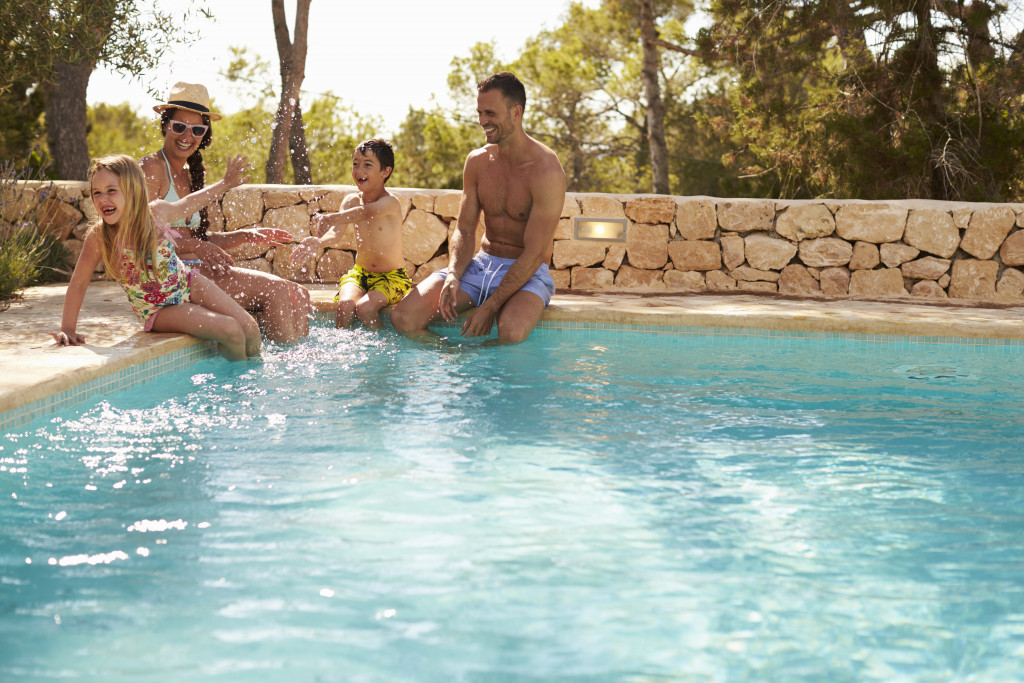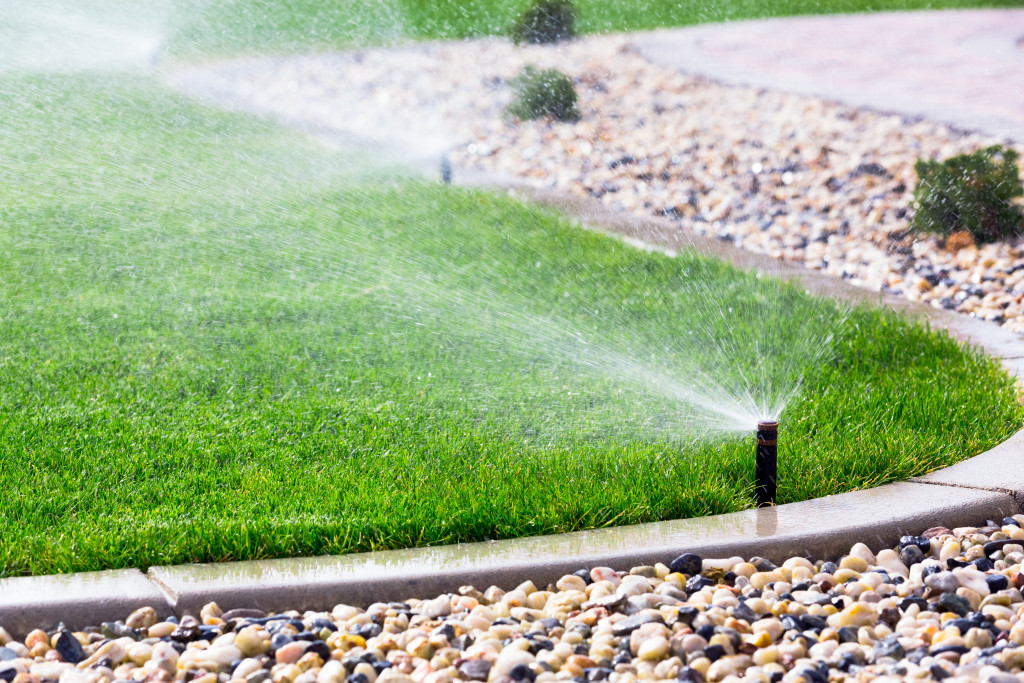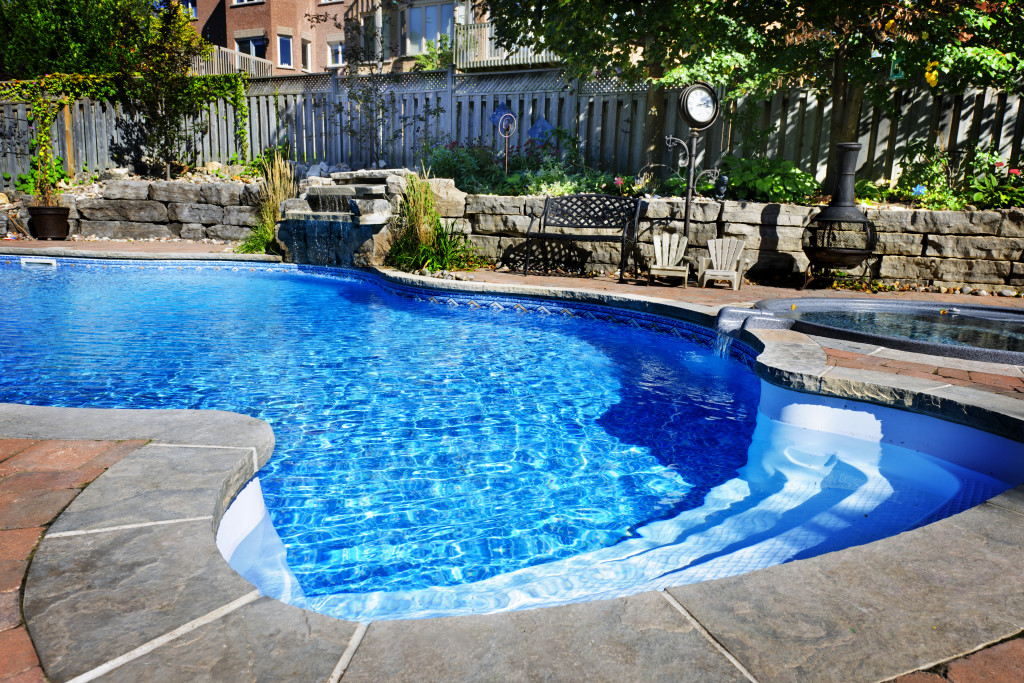Swimming is a great way to maintain regular aerobic physical exercise. It is also the fourth most engaging sporting activity in the country. As little as two and a half hours weekly, aerobic-based activities like swimming, biking, or running can reduce your risk of developing chronic illnesses. Moreover, such exercises help people with diabetes and heart disease reach improved health – swimmers have around 50 percent less chance of death than inactive ones!
So, setting up a pool in your backyard allows you to stay healthy and fit while staying home. But building one requires a lot of work. Understanding the process before moving forward is essential to ensure that you don’t make any costly mistakes. Here are some crucial tips on how to set up a pool in your home.
Choose the Location Carefully
The first step in setting up a pool is choosing where to put it. This will depend on the size and type of pool you are installing and other factors like climate, soil type, and access to utilities.
Make sure that you choose a flat location with no objects or large trees nearby. If you plan to install an above-ground pool, be sure not to place it near any structures that may pose safety hazards, like decks or patios.
It would help if you also took the time to research any local laws or regulations regarding pool installation in your area. Knowing the laws ahead of time can save you from any potential fines or penalties later.
Select Your Pool Kit
The next step is selecting a quality pool kit that includes all the necessary materials for installation, such as pipes, filters, pumps, liner material, etc. It’s essential to do your research beforehand to find one that fits your budget and needs. Be sure to read customer reviews about each product before making your purchase. Reading the reviews will help ensure you get a quality kit with good customer service if something goes wrong during the installation or down the road.
The kit should also be suitable for your local climate and soil type – it’s no use getting a concrete pool kit if you live in an area with clay or sand-based soils.

Prepare the Ground
Once you have chosen the location for your pool, it is time to prepare the ground for installation. Ensure all debris and vegetation around the area have been removed so that nothing obstructs the digging process.
For in-ground pools, excavation will need to be done so that there is enough space for the sides of the pool and all necessary plumbing and equipment. The ground should be leveled out so that everything fits perfectly when installing your pool later.
When preparing the ground, you should make sure to have the necessary equipment to dig out the pool. Make sure to rent or purchase shovels, pickaxes, and other tools needed for clearing the area.
If you want to work on the in-ground pool yourself, you may need a backhoe to prepare the ground. So, you should understand the different backhoe loader parts and their functions. Understanding them allows you to look for the best equipment suitable for your needs. Hiring a professional who can properly manage the excavation work would be best. This will ensure that your pool is installed perfectly.
Finally, make sure to check for any underground utilities before starting any excavation process. It is important to know where all your water and gas lines are located to avoid any major accidents down the road.

Install Your Pool
Once your pool is dug out, it’s time to install it. This may include laying down the liner material, connecting pipes and filters, and setting up the lights. Depending on the complexity of your pool, you may need professional help to assemble it correctly and safely. Once all the components are in place, fill the pool with water and check for leaks or other issues.
Next, you’ll need to install safety features like fencing, self-latching gates, and alarms. These are vital to protect children and pets from the pool and prevent accidents. Additionally, you’ll need to install chlorinators or other chemical treatments to ensure your water is safe for swimming.
Once the pool is ready for use, thoroughly clean it and check your chemical levels frequently. With proper maintenance and care, your pool should last for many years of swimming fun.
Installing a pool in your backyard can seem daunting at first, but it doesn’t have to be! With careful planning and preparation beforehand, setting up a new swimming spot at home can be hassle-free and enjoyable for everyone involved! Start by choosing the right location for installation, followed by selecting an appropriate quality kit for installation. Preparing the ground before installing the pool in your backyard would be best. By following these simple steps, you will soon have a brand new beautiful backyard oasis just in time for summer fun.
